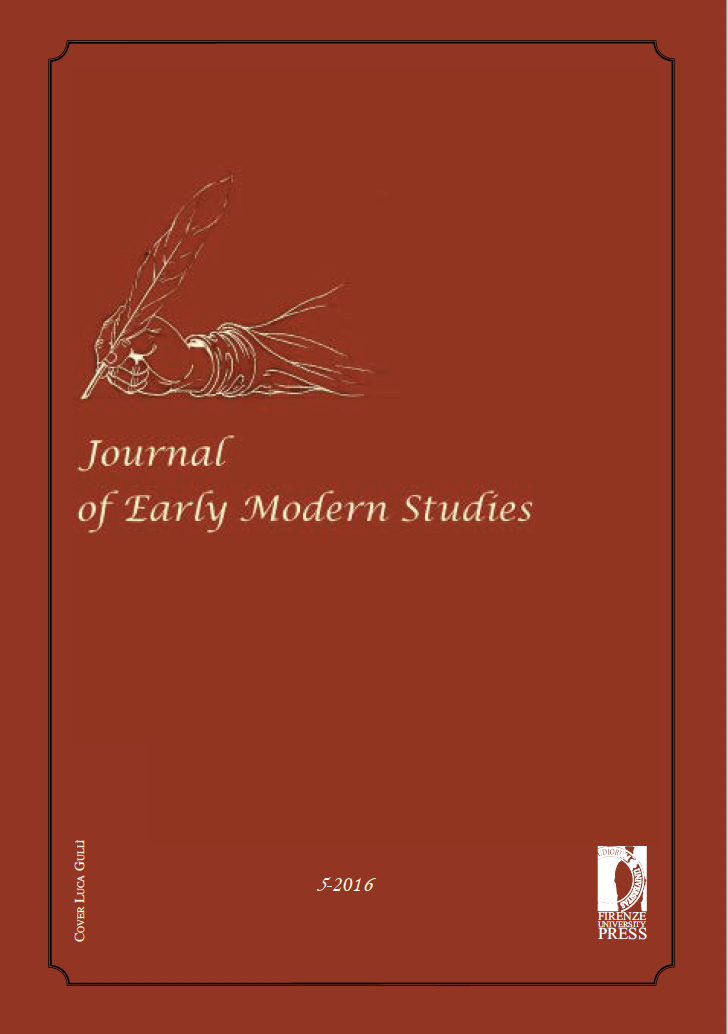Abstract
The first quarto of Hamlet has traditionally been an embarrassment to attribution studies. Textual and bibliographical studies from the 1980s and beyond have permitted suspect texts to be recovered and performed, but critical appreciation tends to focus on such matters as characterization and performance possibilities rather than the text’s rhetorical integrity and aesthetic qualities. More recently, we have seen greater critical attention to Shakespeare’s suspect texts, which has increased our appreciation for and expanded our notion of Q1 Hamlet as a ‘text’. Opinion remains divided, however, on the question of who ‘wrote’ this play. This essay addresses the authorship debate somewhat indirectly by providing a different view of Hamlet Q1 based on a stylistic analysis that is grounded in Renaissance rhetoric. It characterizes the play’s style as the rhetoric of speed, with brachylogia as its representative rhetorical figure. Through review of theories about the composition of Hamlet Q1 and a rhetorical analysis of its style, the essay seeks to examine how Hamlet’s first quarto might have a recognizable style and how that style might be related to current concepts of authorship.


